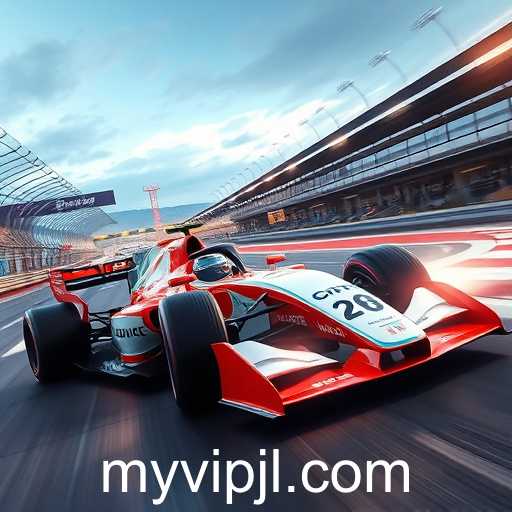The electrifying genre of racing games has long captured the imaginations and fast-paced desires of gamers around the world. From the arcade realms where it all began to the sophisticated simulators of our current day, racing games provide an adrenaline rush like no other category in the gaming landscape.
Racing games come in various styles and formats, ranging from hyper-realistic simulations to outlandish arcade experiences. The key element that ties these different styles together is the thrill of high-speed competition and the immersive experience of controlling a powerful vehicle.
One of the primary appeals of racing games is their ability to recreate the exhilarating experience of high-speed driving within a safe virtual environment. This simulative experience is often enhanced by photorealistic graphics, precise vehicle dynamics, and challenging AI opponents. Sim racing, a sub-genre focusing on realistic driving experiences, has been particularly attracting hardcore fans who value intricate vehicle handling, track precision, and often integrate real-world physics.
On the other side of the spectrum are arcade-style racing games like the beloved Mario Kart series or Need for Speed, which emphasize fun, accessibility, and creative elements that defy the laws of physics. These games often include fantastical elements such as turbo boosts, power-ups, and stunts, focusing on the excitement of speed and competitive elements rather than realistic simulation.
The community aspect in racing games is also a fascinating dimension. Multiplayer modes allow players to challenge friends and gamers from around the world, offering a platform for community building and esports competitions. With games like F1 and Forza Motorsport featuring annual tournaments and leagues, the competitive scene in racing games continues to grow, attracting thousands of participants and viewers.
Throughout the years, advancements in technology have significantly elevated the racing game experience. Virtual reality (VR) has brought an unprecedented level of immersion to the genre, placing players directly into the driver's seat in a fully enveloping 360-degree environment. Moreover, adaptive controllers and racing wheel peripherals have enhanced user control and realism, making the driving experience more intuitive and exciting.
Racing games also play a role in influencing car culture and enthusiasms towards automotive trends. They introduce casual players to the joys of cars, and often, popular racing games collaborate with car manufacturers to feature the latest automotive models and concepts, increasing their appeal.
In conclusion, racing games remain a cornerstone of the gaming industry, continuously evolving with technological advancements and adapting to gaming trends. They embody not only a test of speed and skill but also a celebration of mechanics and community, ensuring their endearing presence within the realm of interactive entertainment. Their ongoing popularity and consistent innovation highlight their firm grasp on the desires of gamers and car enthusiasts alike.





